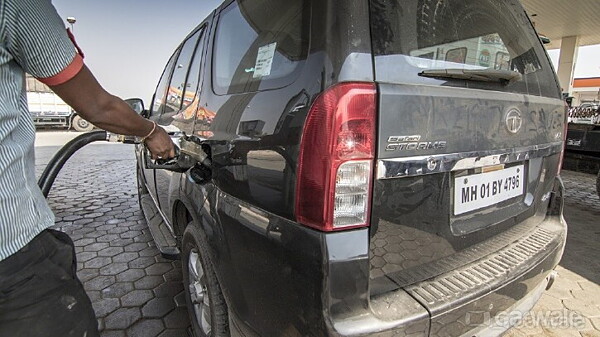Effects of Demonetisation on car sales
Lauded as one of the strongest moves to reign in the parallel cash-rich economy, the success of demonetisation is debatable. But the immediate cash crunch that ensued is beyond argument. We ran through the car sales figures for the month of November across manufacturers and segments to find out how exactly the automotive industry has been affected by the currency switch.
The Indian car buyer can be broadly divided into two categories, A– the first-time entry-level buyer and B – the seasoned car owner going for an upgrade or a second car. It is safe to say that a major chunk of category A largely avails finance after paying up the minimum down payment, generally a maximum of a couple of lakh rupees. The B category is largely a premium car buyer. Buyers opt for nearly 50 per cent in finance and the rest being paid in cash or cheque. Demonetisation has had a major effect on the second category and we find out why.
After studying the consumer behaviour, Category A is seen to have affinity towards affordable, low maintenance, high fuel economy cars. Maruti Suzuki is generally their first choice. Hyundai, the second largest car seller in India, is perceived at a slight premium over Maruti – largely due to its feature-rich equipment list. As we can see, Maruti Suzuki sales have been hardly hit by demonetisation with the budget cars like the Alto, Wagon R and Celerio going strong. Yes they are a tad below the October numbers, but that is because the cumulative sales have seen negative growth month on month. Tata’s latest offering, the Tiago, also did well.
People are yet to warm up to Datsun and Renault Kwid as budget cars and the sales of these have dipped a little but not by much. Cars up to the compact sedans, that include A-segment compact hatches and B-segment hatchbacks, are perceived as budget cars. They include the Swift, Swift Dzire, Hyundai Xcent, Grand i10, the Honda Amaze et al. Honda has always positioned themselves as a premium manufacturer. And their success in brand positioning reflects in their tanked sales numbers. While the Swift’s and the Dzire’s maintained their numbers, the Amaze sold less than 1,500 units from the 4,000 it sold last month.

Moving on to the premium category, it includes the premium hatches, C-segment sedans, crossover SUVs and everything above that. And the sales have dipped for all of them. More expensive the car, the harder it got hit. Continuing with Honda, the City has had one of the worst months in this year. Even the Ciaz and Vitara Brezza were hit by the cash crunch. So was the Hyundai Elite i20 and the Jazz. Only Baleno bucked the trend to sell more cars in November than October.
Mahindra, with its SUV heavy portfolio was the hit the worst. Not only does its portfolio sit more in the premium space, a very large chunk of its market is in rural areas. Financial inclusion in the rural areas is a known story and hence the cash-crunch hit the rural economy the most.
Only the Toyota Fortuner and the Ford Endeavour have greens in their sales charts. In case of the Fortuner, the numbers are because of the pre-launch bookings being fulfilled while in case of the Endeavour, it is running a 2-months to 4-months waiting period. So the effect of demonetisation might be seen a couple of months down the line. In the D-segment, the Superb that was selling about 250 units on an average managed to sell only 33.
November is still the beginning of the aftershocks of demonetisation. The December sales figures will surely give us more details on how exactly every segment has been affected. Manufacturers and dealers are already racking their brains to get the sales back up and we should be able to see some really good offers for buyers, especially if you do not have cash in hand.